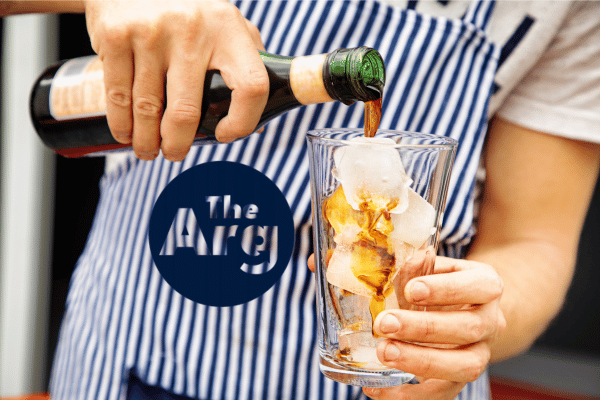Argentina is renowned not only for its rich cultural heritage and breathtaking landscapes but also for its deep-rooted love for aperitifs. These pre-meal drinks are an integral part of Argentine dining culture, celebrated for their unique flavors and the convivial atmosphere they create.
This article dives into the fascinating world of Argentina's most beloved bitter aperitifs, highlighting eight iconic beverages that have captivated both locals and visitors alike. Prepare your glass of Fernet and continue reading!
Fernet Branca

History of Fernet Branca
In 1845, in Milan, Italy, the visionary apothecary Bernardino Branca created a drink with unique properties, which he named Fernet. This marked the beginning of a brand that would be recognized worldwide: Fernet Branca.
Fernet Branca in Argentina
Surprisingly, in Argentina, Fernet Branca of Argentine origin is so popular that the country currently consumes more than 75% of all Fernet Branca produced in the world.
The drink was brought to Argentina by Italian immigrants, who consumed it for both medicinal and digestive purposes.
The use of Fernet Branca of Argentine origin later spread as an appetizer especially along with snacks, combined with water, soda, red vermouth, or in cocktails, with the most popular current drink being the mix of fernet with cola-flavored soda, popularized in the late 1980s and colloquially called Fernet with Coca Cola.
This drink is so popular in Argentina that, in fact, the only two factories in the world are located in Italy and this country.
Characteristics of Fernet Branca
Dark amber color. It is intense and aromatic on the nose. In the mouth, it is bitter, rich, with a complex flavor, a combination of all its ingredients. Long and spicy finish. It can be used to prepare a large number of combinations and cocktails.
Its secret formula contains 27 herbs, which come from five continents: Aloe from South Africa, Rhubarb from China, Gentian from France, Galangal from India or Sri Lanka, chamomile from Italy and Argentina, etc.
These are added to flowers, herbs, roots, and plants with which alcoholic infusions, extracts, and potions are produced, which, when appropriately mixed, generate the benefits of the product.

Buy Fernet Branca Now!
Amargo Obrero
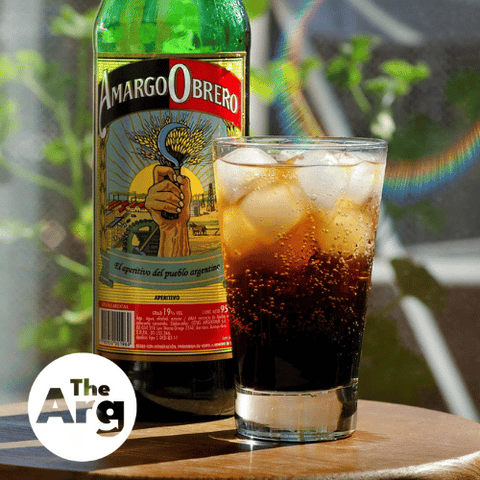
This Argentine aperitif received recognition from Taste Atlas Magazine, placing it in the 4th position among the Top 10 Best Herbal Liquors.
It is a drink born in 1887 in Rosario. Its origin is somewhat unique: it was created as a counterpoint to the sweet drinks enjoyed by the upper classes.
Characteristics of Amargo Obrero
According to the description by Taste Atlas, "although it can be enjoyed alone, the bitter is typically used in mixed drinks, and while the standard is to combine it with tonic, other suggestions include orange juice, Coca-Cola, or sparkling water".
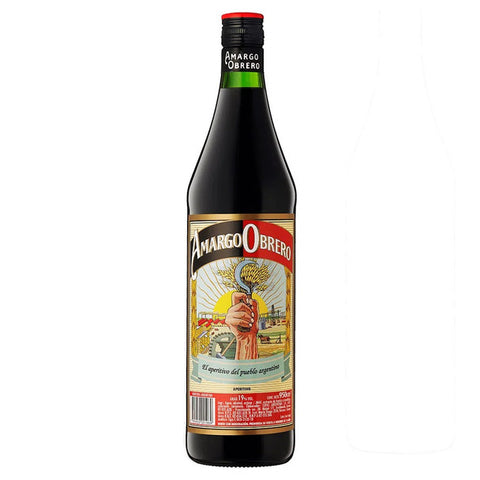
Buy Amargo Obrero Now!
Americano Gancia

It is synonymous with the quintessential aperitif: from the classic Americano, created in the 1930s and enjoyed by all generations to the Spritz, Red Fruits, and Elderberry Pear.
Of Italian heritage and Argentine origin, Gancia offers a versatile and refreshing proposal, ready to combine with new flavors and expand experiences within the world of gastronomy and mixology.
It has the particularity of extending beyond the borders of the aperitif since it is also consumed at night as a drink, the famous "Gancia Batido" with ice and lemon is a clear example of this.
Characteristics of Americano Gancia
Americano Gancia Aperitivo is characterized by the presence of herbal and citrus flavors that combine with those of white wine and alcohol.
The bitter flavor of the herbs blends with the sweetness of the sugar, resulting in a friendly, pleasant-to-drink, balanced, and highly personal beverage.
Its value lies in its versatility to make different cocktails and adapt to various moments and occasions.
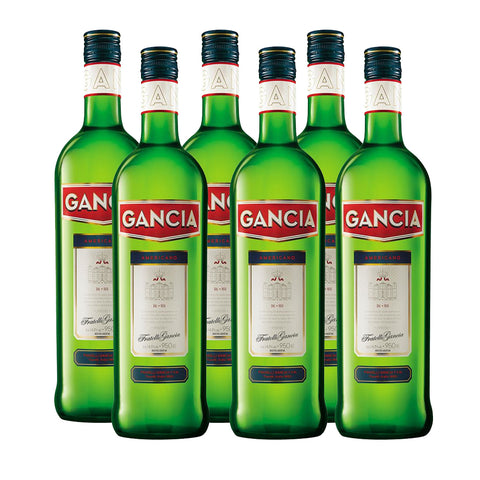
Buy Americano Gancia Now!
Hesperidina

Hesperidina is an Argentine drink made from the peel of bitter or sour and sweet oranges from unripe fruits which are high in flavonoids (hesperidin, neohesperidin, and narangin).
Its creator was Melville Sewell Bagley, founder of the Argentine company Bagley, in 1864. It is still produced and consumed in Argentina today.
Characteristics of Hesperidina
Its flavor is mild, sweet, and it is usually mixed with tonic water, soda, grapefruit soda, or as a mixer in different drinks or cocktails. It is recognized for its antioxidant effects and other properties associated with the flavonoids it contains.
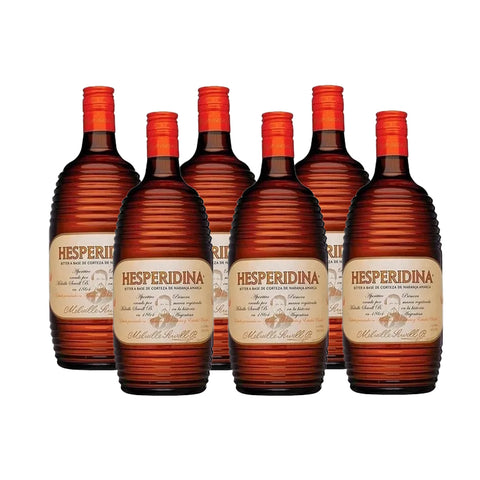
Buy Hesperidina Now!
Cynar

Cynar is an Italian aperitif created in 1952 by the Italian company Pezziol and made with artichokes (Cynara scolymus) and 13 different herbs. Its name refers to Cynara scolymus, the artichoke.
This drink can be enjoyed alone, although it is most popularly served as an aperitif mixed with soda, sodas (orange, grapefruit, tonic) or juices. Europeans often mix it with grapefruit juice. Due to its artichoke content, it is also considered a digestive.
Characteristics of Cynar
Its color is brown with reddish reflections, it has an intense aroma, and its flavor is bitter, although with a sweet finish. It has an alcohol content of 16.5%.
Since 1995 it has been manufactured and distributed by the Campari Group.
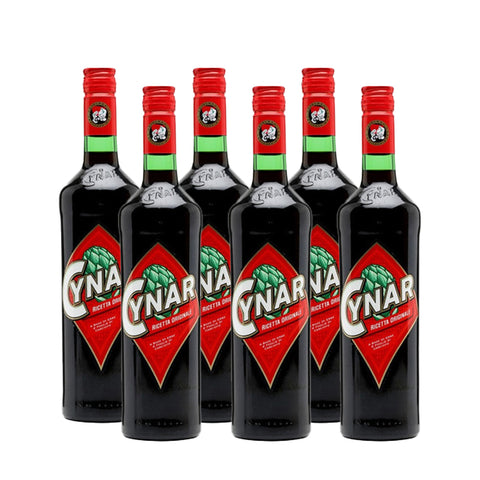
Buy Cynar Now!
Aperol

It has a bright orange color and a unique sweet-bitter taste thanks to the secret recipe that has remained unchanged since its creation: a blend of select ingredients with bitter herbs and roots that create a perfectly balanced combination.
History of Aperol
Aperol is the perfect result of seven years of hard work, testing, and dedication by the brothers Luigi and Silvio Barbieri. In 1912, they inherited the alcoholic beverage company from their father, Giuseppe, and in 1919 they created Aperol, the iconic aperitif drink.
Characteristics of Aperol
With its distinctive bitter orange and herbal flavor, this aperitif is perfect for enjoying before meals.
Its balanced blend of sweet and bitter flavors makes it ideal for mixing with soft drinks or juices, or for enjoying in cocktails like the famous Aperol Spritz.
Among its ingredients are rhubarb, gentian, and quinine. Although it tastes and smells very similar to Campari, Aperol has an alcohol content of 11%, less than half that of Campari, making it smoother and less bitter than the darker-colored drink.

Buy Cynar Now!
Campari
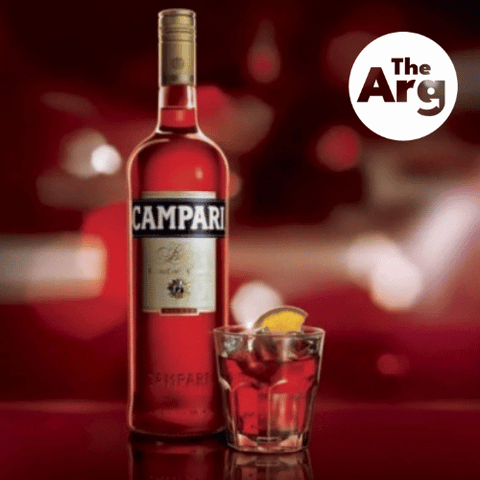
Its origins date back to 1860 in Novara, specifically at the Caffe dell' Amicizia, where Gaspare Campari offered his customers an aperitif of his invention with a characteristic flavor arising from the combination of various ingredients, whose secret recipe remains guarded to this day.
Campari is the result of the infusion of bitter herbs, aromatic plants, and fruits in alcohol and water, these last two being the only known ingredients of the formula. Some people have tried to guess the number of ingredients: while some maintain that there are 20 or 60, others believe there are 80.
Currently, the brand is owned by the Campari Group. Due to its popularity in Argentina, the Campari Group has a plant in Capilla del Señor, in the province of Córdoba.
Characteristics of Campari
Campari is a medium-grade alcoholic beverage, toning and refreshing, qualifiable as an aperitif, with a characteristic red color and bitter flavor.
This spirituous alcoholic beverage is obtained from the infusion of bitter herbs, aromatic plants, fruit zests, and peels, among which stand out quinine, rhubarb or bitter orange, grapefruit, and ginger.
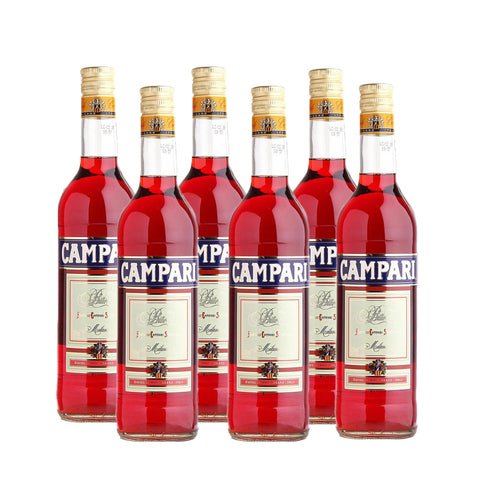
Buy Campari Now!
Cinzano Rosso
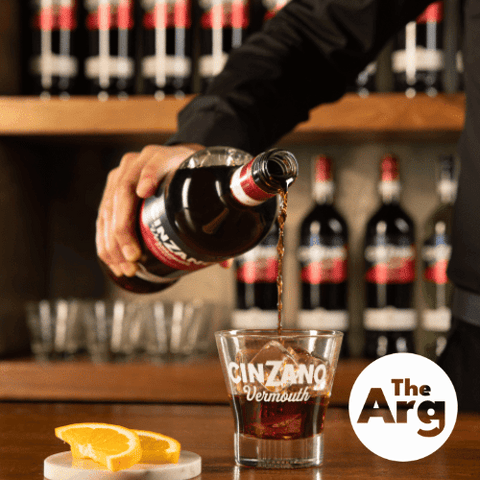
The vermouth Cinzano was created on June 6, 1757, by two brothers from Turin, Giovanni Giacomo and Carlo Stefano Cinzano, who produced a red vermouth with aromatic herbs from the family herbalist.
Since the 1860s, the Cinzano company had already been industrially producing red vermouth, white vermouth, and sparkling wine with distribution throughout Italy, as well as other alcoholic beverages.
Due to the influence of Italian immigration, Cinzano became especially popular in Argentina at the beginning of the 20th century. The company purchased a winery in 1923 in San Juan, intended for the production of base wines for vermouth. Argentina is currently the country that consumes the most of this brand of vermouth, ahead of Russia and Italy.
Characteristics of Cinzano Rosso
The wine is the base of Cinzano's vermouths, selected for its quality and versatility. It is mixed with sugar, neutral alcohol, caramel in the case of the wines they are infused with a series of extracts that give Cinzano's vermouths their characteristic flavor and aroma. These extracts are prepared and dosed according to secret recipes guarded for generations.
An aromatic blend of black cherry and vanilla, with a touch of creamy caramel, gives rise to a subtly sweet, smooth, and spicy flavor, with a complex touch of bitterness and a botanical finish of artemisia.
Color: amber.
Nose: aromatic blend of vanilla and black cherry, with a touch of creamy caramel.
Taste: a touch of sweetness opens up to spices and a complex bitterness before a botanical finish of artemisia.
Alcohol volume of Cinzano Vermut Rosso: 15%
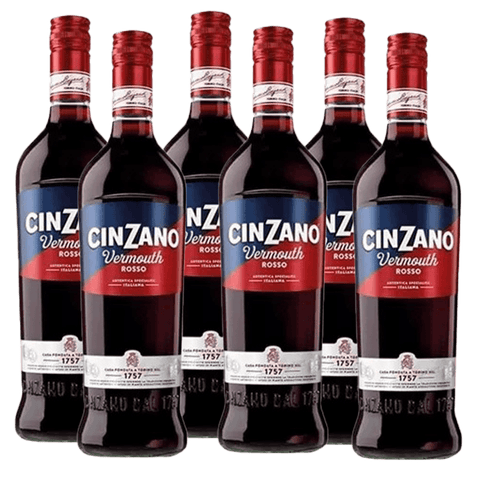
Buy Cinzano Rosso Now!
We hope you've enjoyed this journey through Argentina's eight most popular bitter aperitifs.
If you're eager to savor these flavors in the comfort of your own home, be sure to visit our store, where you'll find these magnificent world-renowned aperitifs.

